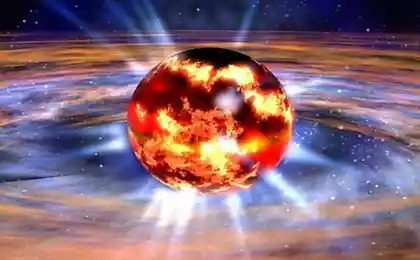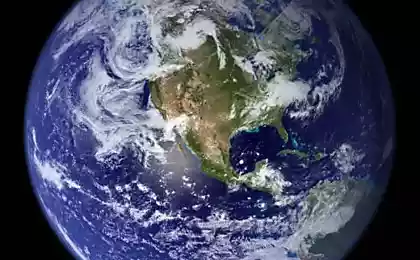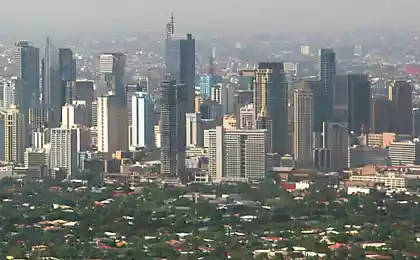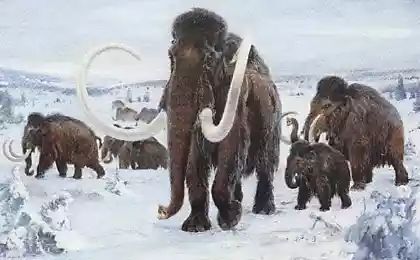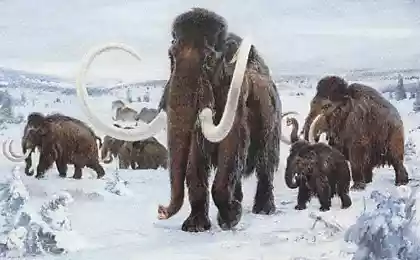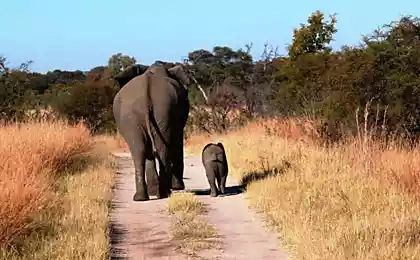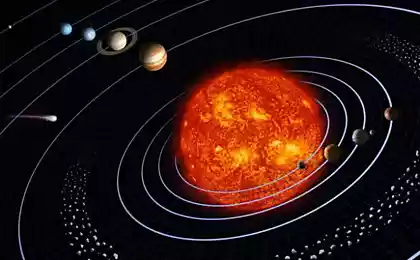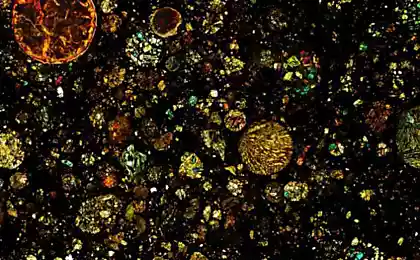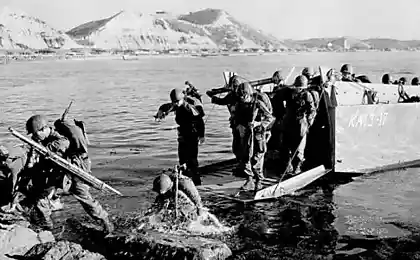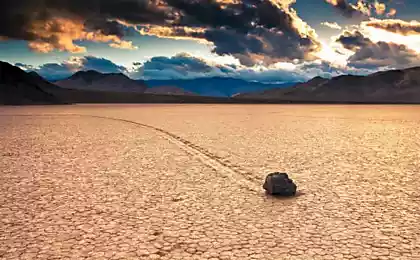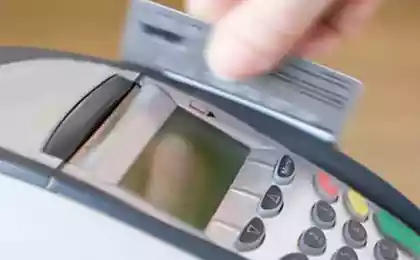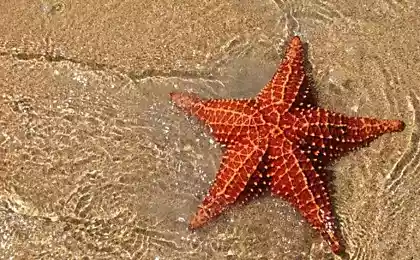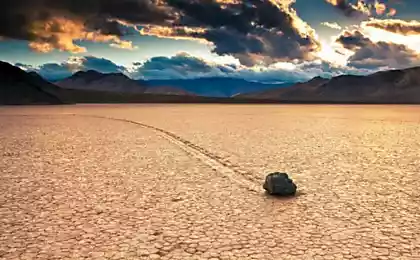1785
American scientists warn that the planet begins the next great extinction of species

Scientists from Stanford University Division , dealing with the environment, in its latest the claim that we are caught the next great extinction of living things. And it is potentially threatened with extinction and survival of mankind as a species.
In the Earth's history there were several массовых animal extinctions. For unknown reasons, significantly at some point in the history of the planet's vanished from the face of a large percentage of living beings. The first is the extinction happened 440 million. Years ago. It was the Ordovician-Silurian extinction events, and it disappeared for more than 60% of species of marine invertebrates.
At various times there were varying degrees of mass extinction. The most massive known was "great" Permian extinction (251, 4 million years ago), which led to the disappearance of more than 95% of the species of all living beings. The most famous - Cretaceous-Paleogene extinction event (65 to 5 million years ago). This is the last mass extinction that destroyed a sixth of all kinds, including all your favorite dinosaurs.
At the same time the authors of the work under the leadership of Paul Elriha call as soon as possible to do the preservation of endangered species and their habitats. In Elriha and his colleagues, he claims there is "no doubt that we are entering into the sixth great mass extinction of living creatures».
Of course, as a result of natural causes evolution and species disappear continuously. Can we call the current species extinction "great"? Biologists compare the number of endangered species of mammals are now with the amount, which occurred during periods not added to the mass extinction - that is, with some natural, or "background" extinction. According to their estimates, the current extinction occurs in 15-100 times (depending on the method of calculation) faster than the background. And these figures for their confidence, are conservative estimates of the rate of extinction.

The graph shows the distribution of the number of extinct species for centuries. Since the beginning of the 19th century, when there was the start of the industrial revolution, the extinction began to increase at an alarming rate.
With increasing population and industrial activity among the natural habitat of animals is reduced. The list of harmful effects of man are:
- clearing land for cultivation, cutting and settlements
- spread инвазивных species (species, spread by human activity, and threaten the biological diversity of species)
- carbon emissions that lead to climate change, and ocean acidification
- the release of toxins and poisons change the various ecosystems
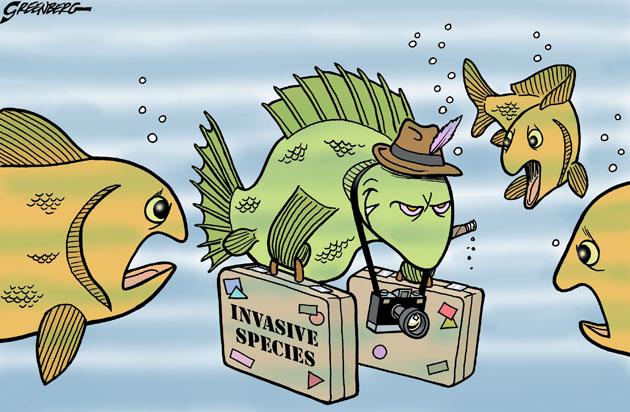
Invasive species i>
According to the scientists, the extinction threatens more than 40% of amphibians and 25% of mammals. A large number of species around the world are out of himself, in the words of Elriha, "The Walking Dead." But as the planet is a complex one, with a large ecosystem of strong internal relationships, the threat from such mass extinction is hard to overestimate.
Scientists urge the public to take urgent measures to preserve existing species, alleviating the pressure on their natural habitat, reduce human impact on the climate and moderate exploitation of natural resources.
Source: geektimes.ru/post/252288/
NASA is testing minostoyky car to rescue astronauts from launch pad and ready to run Boeing CST-100
NASA is ready to build a space station for repair and refueling satellites



